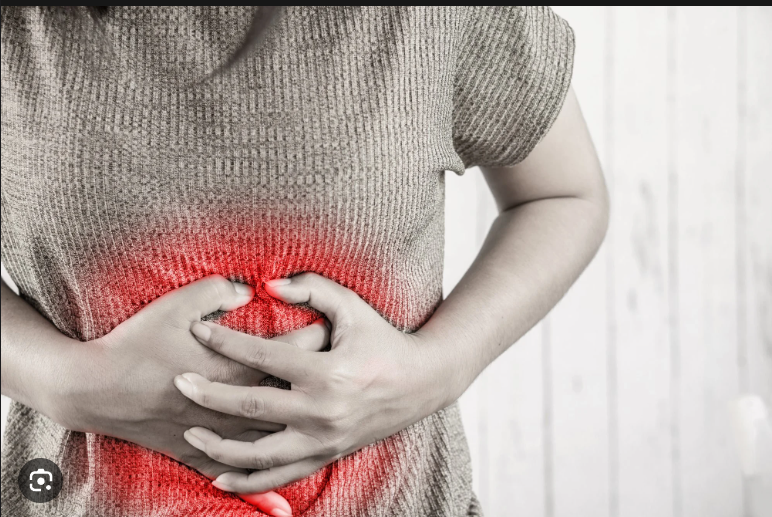Indigestion may cause stomach pain, or it may be a sign of more serious diseases like appendicitis or cancer. This is what to watch out for.
Most occurrences of abdominal discomfort resolve on their own with little or no medical help. But a stomachache might also be a sign of a serious illness. For instance, prompt diagnosis and treatment are crucial if there is pain spreading from the chest to the upper left side of the abdomen, which could be a sign of a heart attack.
Tummy pain varies in intensity and location depending on the condition, from sporadic to sudden, severe, and intense (acute) discomfort to a dull aching that won’t go away (chronic).
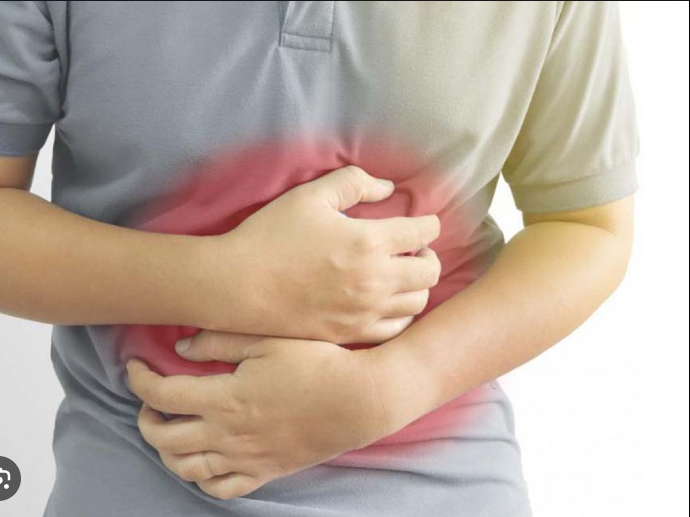
also read-Six Natural Remedies For Bile Reflux
“People with stomach pain may describe it as a burning, twisting, sharp, or dull pain,” explains Dr. Sivagnanam, a medical practitioner located in Chennai. “Unless the pain is intense and growing worse, generalized discomfort is typically not a serious issue. The most frequent cause of stomach pain is gastritis, which manifests as pain right above the navel; however, if the pain is restricted to the lower part of the abdomen (pelvic region), it may be caused by endometriosis or ovarian cysts in the bladder or uterus.
Causes of stomach pain
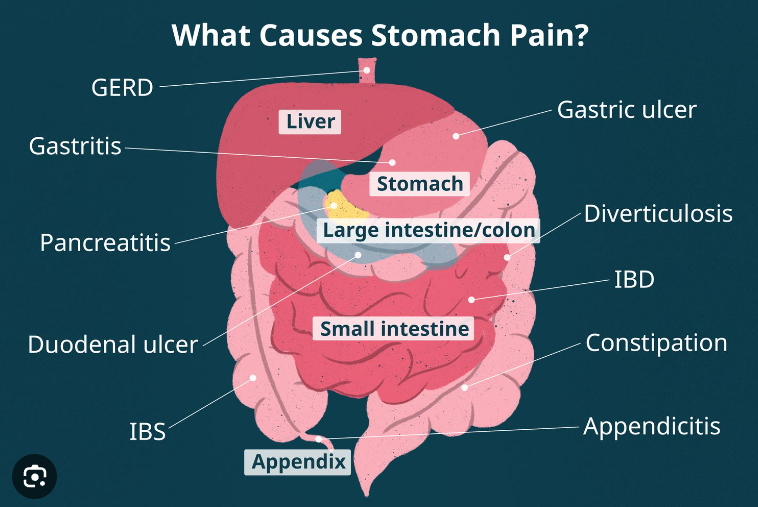
- Indigestion, bloating, and gastric issues: overeating, not eating on time, and consuming oversaturated, high-fat, and spicy foods can lead to indigestion and gas formation in the abdomen. Acid reflux can also lead to pain.
- Gastrointestinal (GI) disorders include diverticulitis, an inflammation of small pouches that form in the lining of the digestive tract (mostly in the colon), and ulcerative colitis, another GI tract disorder.
- Stomach flu (gastroenteritis): severe pain, nausea, and diarrhea are symptoms of infection of the intestines by a virus or bacteria.
- Menstrual cramps: severe pain in the pelvic region during menstruation.
- Peptic/gastric ulcers: sores on the lining of the stomach and upper portion of the small intestine due to excessive production of acid in the digestive tract.
- Irritable Bowel Syndrome: IBS is a chronic condition of the GI tract that is usually triggered by certain food or stress.
- Food poisoning/allergies: Acute abdominal pain as adverse reaction to certain food.
- Appendicitis: Inflammation and infection of the appendix, a vestigial organ attached to the colon, which leads to severe pain and pus formation.
- Kidney stones/gallstones: Kidney stones are formed when certain impurities in the blood get crystallised. Mostly they get passed out with urine but can cause pain. Gallstones are solidified deposits of bile in the gallbladder.
- Hernia: When abdominal muscles get weakened, certain tissues and organs may push through the affected muscles causing a hernia.
- Endometriosis and ovarian cysts: Endometriosis occur when the tissue that forms the lining of the uterus (endometrial tissue) grows outside the uterine cavity. Ovarian cysts are fluid-filled sacs within or on the surface of an ovary. Most cysts are harmless but large ones can lead to complications.
- Inflamed pancreas: It can lead to acute and severe abdominal pain, vomiting and fever.
- Hepatitis: This is a group of infections that causes inflammation of the liver.
- Abdominal injury: Trauma to the abdominal area including injury to internal organs during an accident or a fall.
- Stress: When the pain is generalised and is not because of indigestion, it may be due to stress.
- Heart problems: Pain in the chest that radiates towards the abdomen is a symptom of heart attack.
- Cancer of the colon/pancreas/gallbladder/liver/uterus: Malignancy or tumour in the GI tract or organs in the digestive and pelvic region can cause chronic or sudden abdominal pain.
How to identify and manage stomach pain
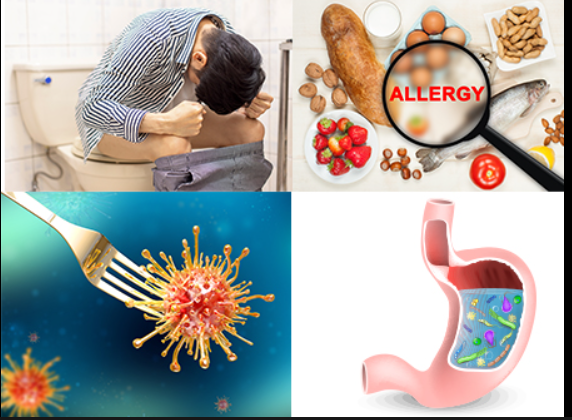
A comprehensive physical examination, along with any necessary blood tests and imaging, will aid the doctor in arriving at the correct diagnosis.
According to Dr. Sivagnanam, “If the pain is localized to a specific area in the stomach, it could indicate an underlying condition that requires immediate diagnosis and treatment.” In order to determine which area of the abdomen is hurting—since each area denotes a distinct pathology—we first perform a physical examination. If the patient can pinpoint the pain, the doctor will determine where it is coming from, how long it has lasted, how intense it is, and whether or not the pain is becoming worse. It’s crucial to determine whether the patient has additional symptoms in addition to the stomach pain, such as fever and nausea.
Antacids, rest, and dietary restrictions might be sufficient if the stomach pain is brought on by indigestion or gastric problems. The doctor could recommend drugs to treat infections. Surgery could be required for ailments like appendicitis, acute pancreatitis, and advanced malignancies.
Taking care of stomach pain
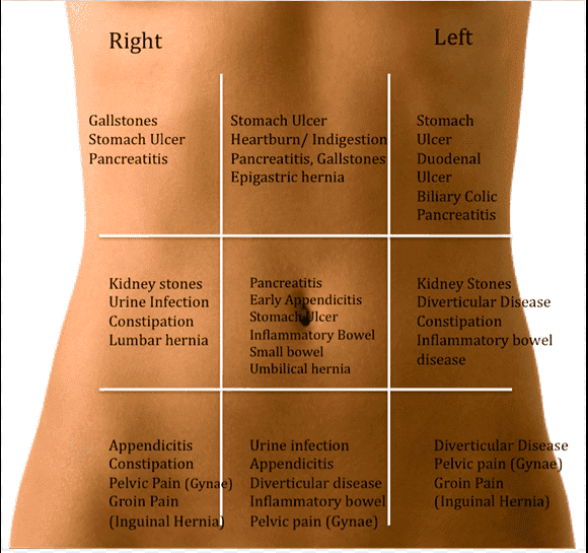
- Rest and give your bowel time to recover.
- Minimise food intake and consume easily digestible food.
- Keep taking fluids to stay hydrated.
- In cases such as menstrual cramps, keeping a hot water bag in the pelvic region helps.
- If the pain worsens or does not resolve in one or two days, consult your doctor.
Tips to reduce stomach pain
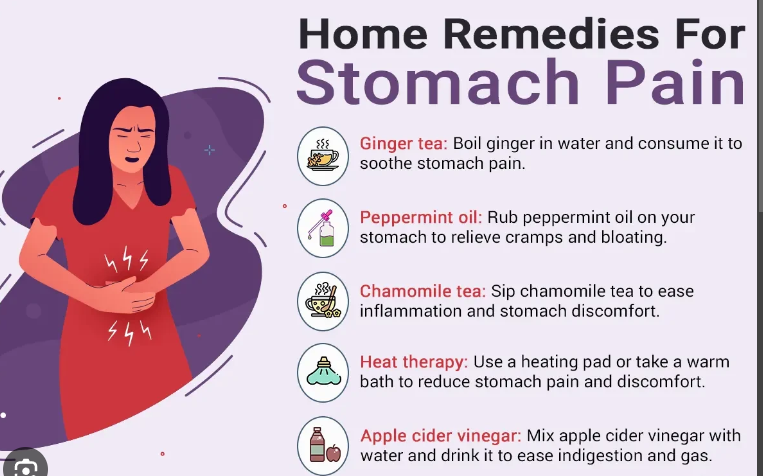
- Eat meals on time, avoid overeating. Drink at least four to five litres of water daily.
- Consume a fibre-rich diet with seasonal fruits and vegetables. Include food which promote good gut bacteria .
- Stay active and exercise regularly.
- Minimise intake of tea/coffee and alcohol.
- Avoid overuse of medications, especially painkillers.
- Avoid foods that can trigger an allergy or IBS. Be careful of food choices while travelling.
- Minimise stress and employ relaxation techniques.
Takeaways
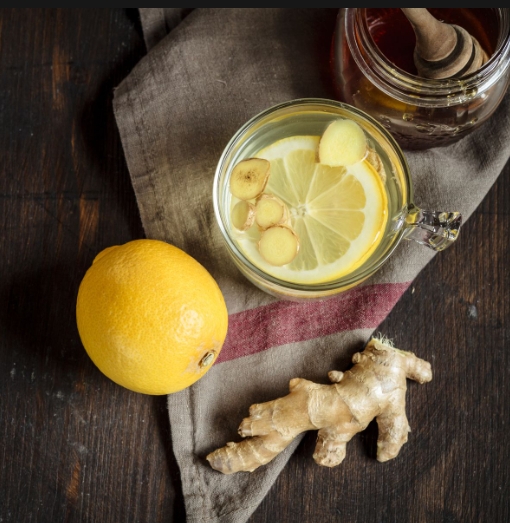
Abdominal discomfort that is persistent and severe may be a sign of underlying medical problems.
Indigestion, gastrointestinal diseases, gastroenteritis, menstrual cramps, and serious illnesses including cancer are among the causes of abdominal pain.
To identify the underlying cause of stomach pain, a complete physical examination, blood tests, and even imaging procedures can be used.
Also read-Six Natural Remedies For Bile Reflux
images source-google







